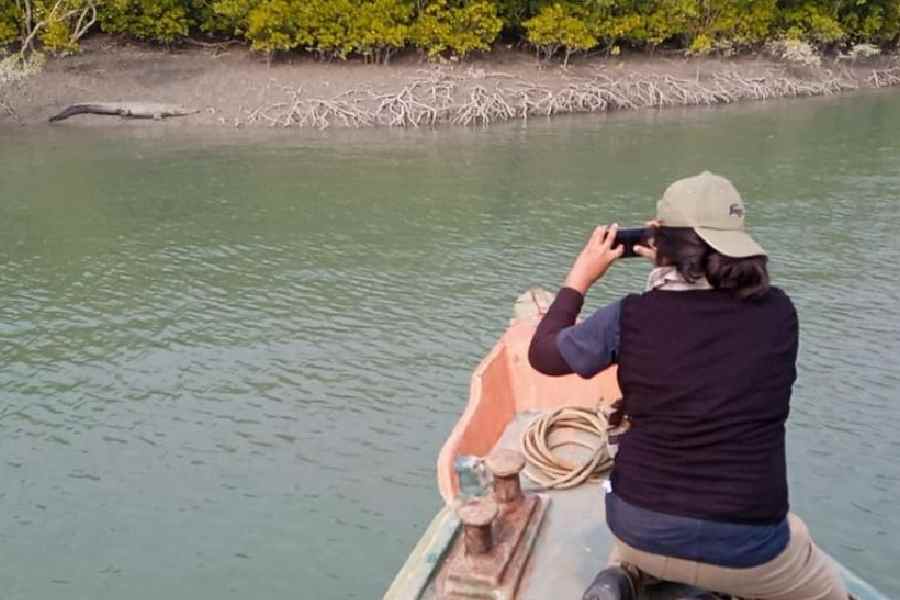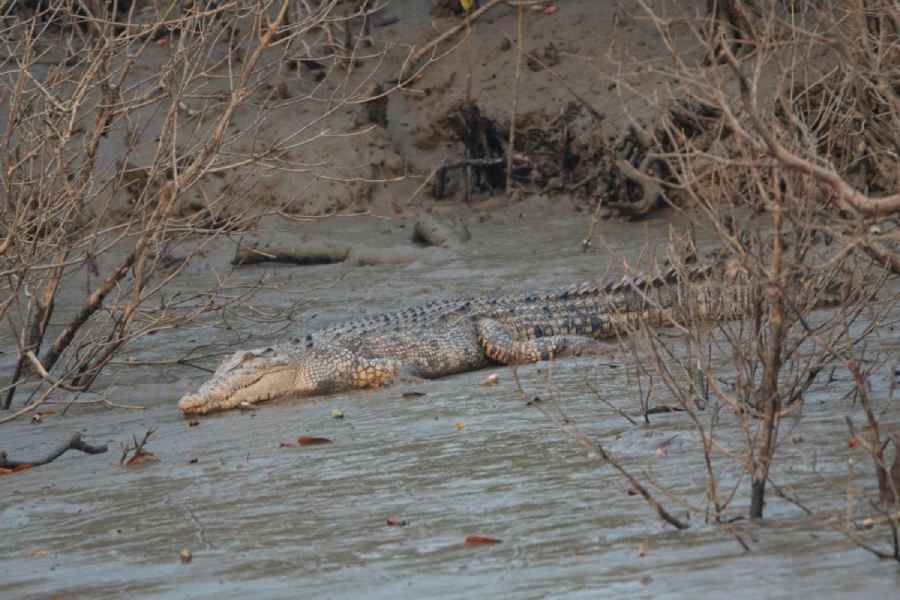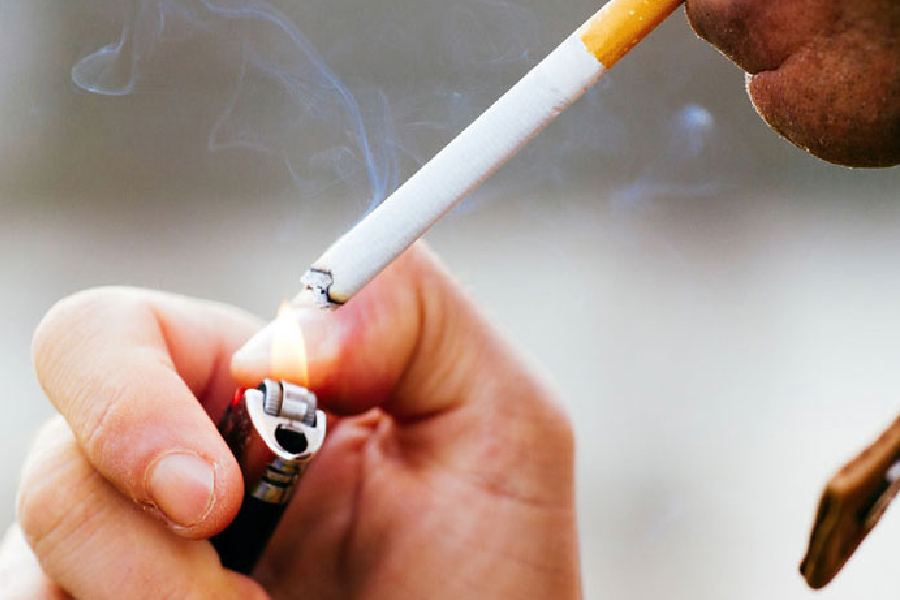The estimated population of the saltwater crocodile in the Sunderbans is between 204 and 234, according to the 2024 census.
The saltwater or estuarine crocodile (Crocodylus porosus), the largest living reptile in the world, is the apex predator in the saline and brackish waters of the mangrove delta. It is an important indicator species of the health of the aquatic ecosystem.
This is an assessment of the population trend, not the exact number, a forest department official said.
The survey in 2024 took place after 12 years. The last one, in 2012, had estimated around 140 crocodiles, a forest official said.
While the 2012 census was only based on direct sightings, the 2024 census noted data on several other aspects, including indirect signs, salinity of the water, the ideal ambient temperature for basking of crocodiles and the width of the creeks preferred by the reptiles.
The “Population Assessment and Habitat Ecology Study of Saltwater Crocodiles in Sundarbans” was published on December 26, at a time the forest department already started the exercise to estimate the population for
2025.
“The 2024 report was ready by July. But the report could only be formally published months later,” said a forest official, without going into the details.
In May last year, this newspaper had reported on the estimated range, based on inputs from forest officials.
In 2024, the estimation and study exercise was carried out over three days in January, involving 23 teams. Teams on boats scanned the delta for direct sightings and indirect signs.
However, overcast sky and untimely rain led to a reduced number of direct sightings last year. The physical sightings led the team conducting the census to a basic index of the number of crocodiles per kilometre in each habitat. That data was then extrapolated to the larger Sunderbans area.
“Out of the 1800+ kilometres length of creeks in Sundarban Biosphere Reserve, the exercise only covered around 955km... in the forested reserve areas,” the report said.
The number of sightings in the Sundarban Biosphere Reserve (SBR) — which includes the Sundarban Tiger Reserve (STR) and the South 24-Parganas forest division — was 168.
The encounter rate in STR is one crocodile per 7.6km. In the South 24-Parganas forest division, the rate is one crocodile per 5.2km. In total, the encounter rate in SBR is one crocodile per 6.6km.
The survey took into account adults and juveniles, another official said. Hatchlings were sighted but were not counted. There is little chance of a crocodile being counted twice because, like tigers, crocodiles are territorial, he said.

A member of the enumeration team takes a picture of a crocodile lying on the bank of a river
Crocodiles of length 240cm (7.87ft) or more are considered adults. The largest crocodile that was sighted was around 16ft, which means more than almost three full-grown humans. But it was an ocular estimation, said a forest official
“Saltwater crocodiles in the Sunderbans are tolerant to a wide range of salinity, ranging from 10 PPT (parts per thousand) to 28 PPT,” the report said.
A closer analysis shows that the preferred salinity range is between 14 and 26 PPT. The data also show that increasing salinity may reduce the suitable areas for saltwater crocodiles in the Sunderbans.
The preferred ambient temperature range for basking in the Sunderbans is between 20 and 28 degrees Celsius, the report said. The maximum sightings would happen
when the ambient temperature is around 22.7 degrees Celsius.
Reduced freshwater flow, increase in salinity, erosion of nesting sites and progressive siltation that choke smaller streams are leading to the degradation of the habitat for crocodiles in the Sunderbans, the report said.
“This year, the enumeration teams covered 1,100km of creek length. But the same distance was covered three times — on three days each in December (2024) and January and February (2025). So, for the same track, we have three sets of data. We have to eliminate repetition to get to the raw data that we can work on and proceed towards estimation,” said Justin Jones, deputy field director of STR.











